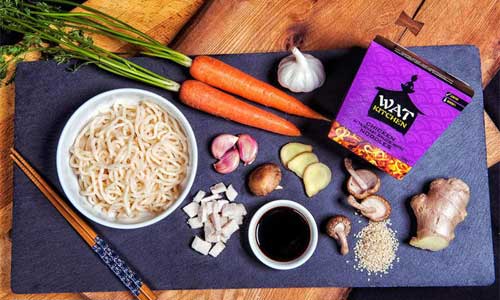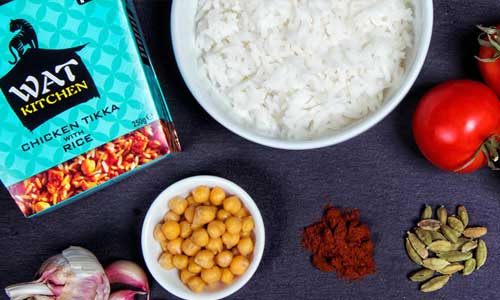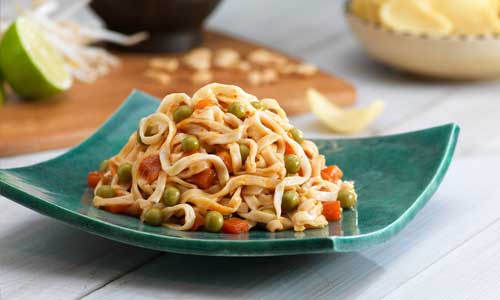The Science of Flavour Pairing in Asian Cuisine
Asian cuisine isn’t just delicious—it’s a masterclass in flavour pairing. The magic lies in the harmony of sweet, salty, sour, and spicy elements, creating dishes that tantalise the taste buds. This blog explores the science behind flavour pairing and offers tips for experimenting with your own creations.
The Core Flavours of Asian Cuisine
Asian cooking revolves around four primary tastes:
- Sweet: Found in ingredients like palm sugar and hoisin sauce.
- Salty: From soy sauce and fish sauce to seaweed.
- Sour: Lime juice, tamarind, and vinegar add zing.
- Spicy: Chilli, ginger, and garlic bring heat and complexity.
Balancing these flavours is what makes dishes unique. For example, Thai green curry combines creamy coconut milk with tangy lime, salty fish sauce, and spicy green chillies. The result is perfection.
Why Flavour Pairing Matters
Flavour pairing isn’t just about taste—it’s about creating experiences. When flavours complement each other, they enhance the overall dish and keep you coming back for more.
For instance:
- Sweet can mellow spice.
- Sour can cut through richness.
- Salt can amplify other flavours.
Experimenting with Flavours at Home
Ready to try flavour pairing yourself? Start with WAT KITCHEN dishes as your base, then add fresh herbs, spices, or toppings to personalise the dish. For example, garnish noodles with coriander and lime, or add a drizzle of sesame oil to rice for added depth.











